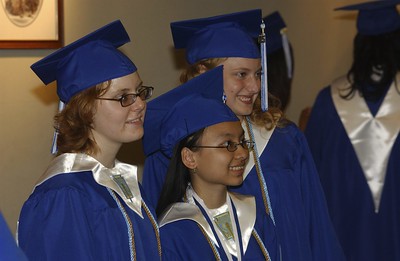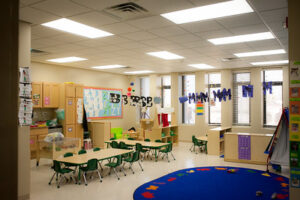Recently, there has been a lot of discussion regarding the post-secondary enrollment disparity among men and women. Despite the difference, there’s a new enrollment phenomenon that’s gaining a lot of attention. First-time college enrollment among female students is dropping.
For community colleges, this isn’t good news, since females typically represent as much as two-thirds of the student body. The declines, which have occurred since the beginning of the pandemic, have some data analysts wondering what may be going on.
According to the Bureau of Labor Statistics, the labor participation rate among recent high school graduates who had chosen not to go to college was about 67%. However, the majority of recent high school graduates in 2021 entered college following high school graduation. BLS data show that of the approximately 2.7M high school graduates in 2021, 1.7M (61.8%) enrolled in a post-secondary institution. That represents only a slight decline from 2020, when 62.7% of high school graduates enrolled in post-secondary classes immediately.
Most (90%) of recent high school graduates who subsequently entered college report attending classes full time. Seven out of ten recent graduates reported attending a four-year college. Among these students, only about one in four participated in the labor force in some way. Among community college students, however, nearly half reported attending school and working at the same time.
All of this speaks to the fact that young women’s participation in the labor force today is like their historical participation levels. If the number of female students opting to enroll in post-secondary programs is really in decline, and they’re not showing up in the workforce in large numbers, where are the missing women?
College enrollment takes a back seat to childcare
Some observers speculate that a growing percentage of recent high school graduates have bypassed college enrollment to provide childcare for younger siblings in their households. If this is the case, some people fear that the decision to skip college altogether will have negative economic impacts on these young women for years to come.
If lack of childcare is the cause of declining college enrollment among young women, it once again underscores the shortsightedness of WCC’s decision to close the Children’s Center. Although the WCC Administration cited lack of use as the reason for closing the center, that doesn’t align with State of Michigan data which show that there are about four children who need childcare for every one available childcare spot. If WCC had opened the Children’s Center to the public, the building would have been packed. Further, it would have been another revenue stream for the campus.
In addition to a lost revenue stream and the opportunity to provide needed care services to the public, the decision to close the Children’s Center may be driving enrollment down among young women who now must provide care for their siblings instead of attending classes at the College.
This bone-headed decision to eliminate childcare on campus just looks better every day, doesn’t it?
Photo Credit: US Department of Education, via Flickr



















